
漢德百科全書 | 汉德百科全书
 Traditions
Traditions
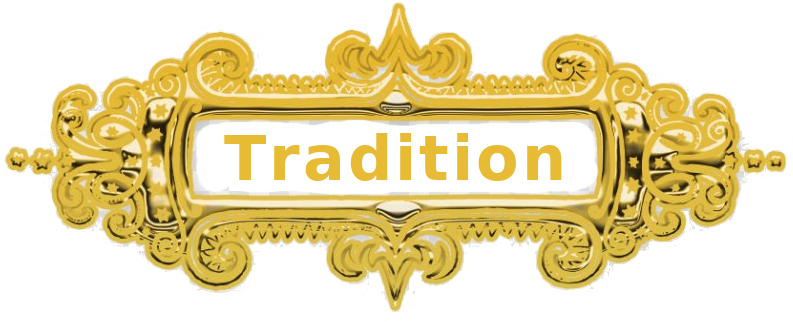

Gemeinhin wird in neuerer Zeit das Huang Di Nei Jing als das "Buch des Gelben Kaisers zur Inneren Medizin" (Nei Jing) übersetzt. Joseph Needham zufolge bezieht sich die Unterscheidung zwischen Nei (Innen) und Wai (Außen) auf die klassische Aussage der Daoisten, dass sie "außerhalb der Gesellschaft wandeln", dass der Bereich der Weisen "außerhalb von Zeit und Raum" liegt. Innen (Nei) steht deshalb für alles Innerweltliche, Rationale, Praktische, Konkrete, Wiederholbare, Verifizierbare, Wissenschaftliche. Außen (Wai) bedeutet alles Außerweltliche, alles was mit Göttern und Geistern, mit Weisen und Unsterblichen zu tun hat, alles Außergewöhnliche, Wunderbare, Fremde, Ungewohnte, nicht Irdische, Außerkörperliche oder Unkörperliche.
Als korrekte Übersetzung schlägt Needham deshalb "Buch des Gelben Kaisers der praktischen Medizin" vor, zumal in den alten Bibliographien auch ein Huang Di Wai Jing ("Buch des Gelben Kaisers zur außerphysischen Medizin") erwähnt wird, dass allerdings schon vor vielen Jahrhunderten verloren ging und, wie Needham vermutet, die magisch-religiösen Aspekte der chinesischen Medizin beinhaltet hat.
Eine spätere Unterscheidung, die jedoch nicht weiter zurückreicht als in die Zeit der Song-Dynastie (420 - 479) unterscheidet zwischen "innerer Medizin", die der internen und allgemeinen Medizin im heutigen Sinne entspricht, und "externer Medizin", die neben chirurgischen Behandlungen auch Dermatologie (Behandlung von Verbrennungen, Hautausschlägen etc.) und die Behandlung von Brüchen und Ausrenkungen umfasst. Diese Klassifizierungen der Medizin, die in der Ming-Zeit (1368 - 1644) bis auf 13 Spezialrichtungen erweitert wurden, haben jedoch, so Needham, keine Gemeinsamkeiten mit den Unterscheidungen von Nei Jing und Wai Jing des Huang Di Nei Jing.
Das Huángdì Nèijīng (chin. 黄帝内經), auch als Nèijīng (内經) bekannt, ist eines der ältesten Standardwerke der chinesischen Medizin. Es wird unter anderem als "Innerer Klassiker des Gelben Fürsten", "Buch des Gelben Kaisers zur Inneren Medizin" und "Die Medizin des Gelben Kaisers" übersetzt und besteht aus zwei großen Teilen. Dieses medizinische Fachwerk ist bis heute grundlegend und richtungsweisend für die Ausbildung innerhalb der chinesischen Medizin. Es wurde von der UNESCO in die Liste des Weltdokumentenerbes aufgenommen.[1]
Seit der Han-Dynastie (漢朝/Hàncháo – ca. 206 v. Chr. bis 220 n. Chr.) und der Jin-Dynastie (晋朝, Jìncháo–ca. 265–420 n. Chr.) bekannt als Jiǔjuàn (九卷 - „9 Bände“) oder Zhēnjīng (针经 - „Meridian“)
Seit der Tang-Dynastie (唐朝/Tángcháo - ca. 618–907 n. Chr.) bekannt als Língshū (灵枢 - „Angelpunkt der Struktivkraft“)[2]
Das Gesamtwerk des Huángdì Nèijīng gliedert sich in 18 Bände, die aus insgesamt 162 Kapiteln bestehen. Die ersten neun Bände beinhalten das Huángdì Nèijīng Sùwèn (黄帝内经素问) - oder kurz Sùwèn (素问). Übersetzt wird dieser Teil mit "einfache Fragen" oder „unbefangene Fragen“. Dort behandelt Huángdì im Gespräch mit seinem Meister Qí Bó (岐伯) vor allem die Naturgesetzmäßigkeiten zwischen Mensch und Natur, Mensch und Himmel und wie man alle Kräfte in Harmonie miteinander bringen kann. Diese Fragen und Erkenntnisse bilden das Fundament der grundlegenden Philosophie der chinesischen Medizin.[3]
Die weiteren neun Bände wurden erst im Laufe der Jahrhunderte hinzugefügt und waren auch immer unter anderen Bezeichnungen bekannt (siehe Entstehungsgeschichte). Seit der Tang-Dynastie werden diese Bände als „Língshū“ („Angelpunkt der Struktivkraft“) bezeichnet und beschäftigen sich vor allem mit der äußeren Anwendung von Therapieformen wie der Akupunktur und Moxibustion sowie der Organ- und Meridian-Theorie.
《黄帝内经》在主流社会认为是现存最早中医理论著作,对后世中医学理论的奠定有深远的影响。此书相传是黄帝与岐伯、雷公、伯高、俞跗、少师、鬼臾区、少俞等多位大臣讨论医学的记述,在四库全书中为子部医家类。
《黄帝内经》(简称《内经》)成书约于战国至秦汉时期,在东汉至隋唐时期仍继续修订和补充。《内经》包括《素问》和《灵枢》两部分,共18卷162篇。该书不仅奠定了中医学理论基础,也是中医学理论与实践等方面发展的基石[1]。 西汉汉成帝时,刘向等人曾大规模校理古籍,李柱国则负责校理方伎,原书目先载于刘向《别录》,后载于其子刘歆《七略》,今二书已佚,但其目录内容被东汉班固引录于《汉书》〈艺文志〉中,后世仍可以推见其原貌。《汉书·艺文志·方技略》载有医经、经方、神仙和房中四种中医典籍。
『黄帝内経』(こうていだいけい、こうていだいきょう、こうていないけい、黄帝内剄)は、現存する中国最古の医学書と呼ばれている。古くは『鍼経』(しんきょう)9巻と『素問』(そもん)9巻があったとされているが、これら9巻本は散逸して現存せず、現在は王冰(おうひょう)の編纂した『素問』と『霊枢』(れいすう)が元になったものが伝えられている。黄帝が岐伯(きはく)を始め幾人かの学者に日常の疑問を問うたところから『素問』と呼ばれ、問答形式で記述されている。『霊枢』は『鍼経』の別名とされ、『素問』が基礎理論とすると、『霊枢』は実践的、技術的に記述されている。
『黄帝内経』は、前漢代に編纂され、『鍼経』と『素問』の合計18巻と伝えられている。その内容は散逸して一旦は失われたが、762年唐の時代に王冰の表した『素問』と『霊枢』が伝えられている。現代の研究では『鍼経』もしくは『九霊』は『霊枢』(9巻)のことであるとされている。ただしこの9巻本も散逸してしまって残っていない。現在は1155年に南宋の史崧が霊枢を新たに校訂し、24巻81篇として編纂したものが元になっている。
『素問』が理論的であるのに対し、『霊枢』はより実践的に記述されている。『素問』の内容は医学にかぎらず、易学、天候学、星座学、気学、薬学、運命学と広くさまざまな分野に及び、医学書というより科学書と呼ぶべきであるという意見もあり、道教にとっても原典の一つとされる。現在、医学書とされている理由は、紀元前1世紀の図書目録である『漢書』「芸文志」に医書として分類されていることによる。
『内経』の原本は残っておらず、さまざまな写本が存在する。日本では京都の仁和寺に、日本最古の『黄帝内経太素』の写本が所蔵されている。『太素』(たいそ)は7世紀ころの写本で、唐代の楊上善が、『素問』と『霊枢』を合わせて編纂したものである。
『黄帝内経』18巻のうち、1部にあたる9巻を『鍼経』と呼び、2部の9巻を『素問』と呼ぶ。『鍼経』は経脈、経穴、刺鍼、また営衛、気血など系統的で詳細に説明されている。ここで9という数字には意味があり、古代中国において、数は1から始まり9で終わるとされていた。すなわち1巻には1章から9章が記述され、9章の次は2巻となる。1部は9巻×9章で81章で一まとまりとなり、『黄帝内経』は2部構成であった。『素問』は、古くは紀元前202年の前漢代の頃から編纂され始めたと考えられている。
現存する『素問』は、762年に王冰によって編纂された。王冰はそれ以前の『素問』を大幅に変更したことがわかっており、王冰の『素問』からは古い『素問』を伺い知ることはできないと批判されている。
『霊枢』は『素問』より新しい時代のもので、20年から200年ころ編纂された。『素問』より前に『鍼経』が編纂され、それが後に『霊枢』に引き継がれたと考えられている。「芸文志」には、『内経』(18巻)の他に『外経』(37巻)があったとの記録があるが、『外経』は現存せず、詳しいことはわかっていない。
Huangdi Neijing (simplified Chinese: 黄帝内经; traditional Chinese: 黃帝內經; pinyin: Huángdì Nèijīng), literally the Inner Canon of the Yellow Emperor or Esoteric Scripture of the Yellow Emperor, is an ancient Chinese medical text that has been treated as the fundamental doctrinal source for Chinese medicine for more than two millennia. The work is composed of two texts—each of eighty-one chapters or treatises in a question-and-answer format between the mythical Yellow Emperor and six of his equally legendary ministers.
The first text, the Suwen (素問), also known as Basic Questions,[1] covers the theoretical foundation of Chinese Medicine and its diagnostic methods. The second and generally less referred-to text, the Lingshu (靈樞; Spiritual Pivot), discusses acupuncture therapy in great detail. Collectively, these two texts are known as the Neijing or Huangdi Neijing. In practice, however, the title Neijing often refers only to the more influential Suwen.
Two other texts also carried the prefix Huangdi Neijing in their titles: the Mingtang (明堂; Hall of Light) and the Taisu (太素; Grand Basis), both of which have survived only partially.
The earliest mention of the Huangdi Neijing was in the bibliographical chapter of the Hanshu 漢書 (or Book of Han, completed in 111 CE), next to a Huangdi Waijing 黃帝外經 (“Outer Canon of the Yellow Emperor”) that is now lost. A scholar-physician called Huangfu Mi 皇甫謐 (215-282 CE) was the first to claim that the Huangdi Neijing in 18 juan 卷 (or volumes) that was listed in the Hanshu bibliography corresponded with two different books that circulated in his own time: the Suwen and the Zhenjing 鍼經 (“Needling Canon”), each in 9 juan.[2] Since scholars believe that Zhenjing was one of the Lingshu's earlier titles, they agree that the Han-dynasty Huangdi Neijing was made of two different texts that are close in content to the works we know today as the Suwen and the Lingshu.
The Yellow Emperor's Inner Classic (Huangdi Neijing, 黃帝內經) is the most important ancient text in Chinese medicine as well as a major book of Daoist theory and lifestyle. The text is structured as a dialogue between the Yellow Emperor and one of his ministers or physicians, most commonly Qíbó (Chinese: 岐伯), but also Shàoyú (Chinese: 少俞). One possible reason for using this device was for the (anonymous) authors to avoid attribution and blame (see pages 8-14 in Unschuld for an exposition of this).
The Neijing departs from the old shamanistic beliefs that disease was caused by demonic influences. Instead the natural effects of diet, lifestyle, emotions, environment, and age are the reason diseases develop. According to the Neijing, the universe is composed of various forces and principles, such as Yin and yang, Qi and the Five Elements (or phases). These forces can be understood via rational means and man can stay in balance or return to balance and health by understanding the laws of these natural forces. Man is a microcosm that mirrors the larger macrocosm. The principles of yin and yang, the five elements, the environmental factors of wind, damp, hot and cold and so on that are part of the macrocosm equally apply to the human microcosm.
Le Huangdi Nei Jing (黄帝内经) ou Classique interne de l'empereur Jaune est le plus ancien ouvrage de médecine chinoise traditionnelle. Il se divise en deux parties : le Su Wen et le Ling Shu. Tous les aspects de la médecine y sont abordés, avec leur traitement, et plus particulièrement le traitement par acupuncture. Il y est fait allusion à l'usage de poinçons de pierre qui auraient pu être utilisés avant l'apparition des aiguilles en métal : « Mon désir est […] qu'on ne se serve plus des antiques poinçons de pierre ». Cette méthode était appelée bian jiu1.
Huangdi Neijing, Libro Interno (o Esoterico) dell'Imperatore Giallo, è un antico trattato di medicina tradizionale cinese, attribuito a Huangdi.
In Cina è considerato come il testo medico più influente. Gli è stato assegnato il primo posto tra le opere di categoria incluse nel Ssu-k'u Ch'uan-shu, catalogo delle più importanti opere di letteratura antica, pubblicato nel 1772 sotto gli auspici del governo cinese.[1] È diviso in due tomi, lo Huangdi Neijing Suwen (le "Domande semplici"), abbreviato come Suwen 素問, e lo Huangdi Neijing Lingshu (Il "Perno spirituale") abbreviato come Lingshu 靈樞. Ogni tomo è, a sua volta, diviso in ottantuno capitoli; la trattazione è dialogica e discorsiva, caratterizzata dal confronto tra il leggendario Huangdi e sei dei suoi leggendari ministri imperiali. Il testo, in virtù del suo valore storico-culturale e medico, è comparabile al Corpus Hippocraticum greco, alle opere di Claudio Galeno ed alla trattazione di medicina medievale di ispirazione islamica (Averroè, Avicenna) ed europea.[2]
Sebbene alcune fonti storiche conformate alla leggenda considerino la stesura del Canone come risalente all'epoca imperiale gialla (2697 a.C.), la maggior parte degli storici cinesi sostiene che la redazione vera e propria del trattato sia contemporanea al periodo dei Regni Combattenti (453-222 a.C.) e prosegua fino alla dinastia degli Han posteriori (25-222 d.C.). In ogni caso i contenuti medici e filosofici del Canone risalgono ad un periodo antecedente la redazione del trattato. Alla luce di ciò, la tradizione cinese individua nella figura di Huang Di l'autore ed il redattore dell'opera.[3]
Ciò di cui si è certi è che il Lingshu sarebbe di poco anteriore al Suwen. I vari testi vennero poi divisi e riorganizzati da vari autori, fino a quando, nella dinastia Tang, Wang Bing (710-804 d.C.) organizzò il testo nella stesura che conosciamo oggi.
Nel Suwen 素問 il Maestro celeste Qi Bo risponde alle domande (wen, parte del titolo, dove Su sta per seta grezza, semplice, quindi le domande semplici, nel senso di basilari, fondamentali) di Huangdi. Nel rispondere alle domande, Qi Bo affronta sia la fisiologia (studio dei visceri e dei meridiani o tragitti d'animazione), sia l'eziologia, sia la diagnosi, sia la terapia.
Nel Lingshu 靈樞 si parla della relazione fondamentale dell'uomo con il Cielo, tramite gli Spiriti, si dice cioè che le attività terrene sono sempre basate su influssi celesti. Si potrebbe parlare di un trattato di psicologia cinese, se non fosse che la categoria della psiche non è presente nel mondo cinese (nel senso che una divisione tra psiche e soma non viene presentata). Il tutto viene esposto secondo la dottrina dello yin e dello yang e delle cinque fasi wuxing (五行), le categorie del qi che dal I secolo a.C. sono servite a declinarlo.
Huangdi Neijing ( chino simplificado : 黄帝内经 ; chino tradicional : 黃帝內經 ; pinyin : Huangdi Neijing ), también conocido como el Canon Interior de Huangdi o Canon interno del Emperador, es un antiguo texto médico chino que ha sido tratado como la fuente doctrinal fundamental para la medicina tradicional china desde hace más de dos milenios. El trabajo se compone de dos textos, cada uno de ochenta y un capítulos o tratados en un formato de preguntas y respuestas entre el mítico Huangdi (Emperador Amarillo o más correctamente Emperador) y seis de sus ministros igualmente legendarios.
El primer texto, el Suwen (素問), también conocido como Preguntas básicas,1 cubre el fundamento teórico de la medicina china y sus métodos de diagnóstico. El segundo y generalmente menos que se refiere al texto, el Lingshu (靈樞) (Spiritual Pívot), discute la terapia de la acupuntura con gran detalle. En conjunto, estos dos textos son conocidos como el Neijing o Huangdi Neijing. En la práctica, sin embargo, el título Neijing menudo se refiere sólo a la más influyente Suwen. Otros dos textos también llevan el prefijo Huangdi neijing en sus títulos: el Mingtang 明堂 ("Salón de la Luz") y el Taisu 太素 ("Gran base"), ambos de los cuales han sobrevivido sólo parcialmente.


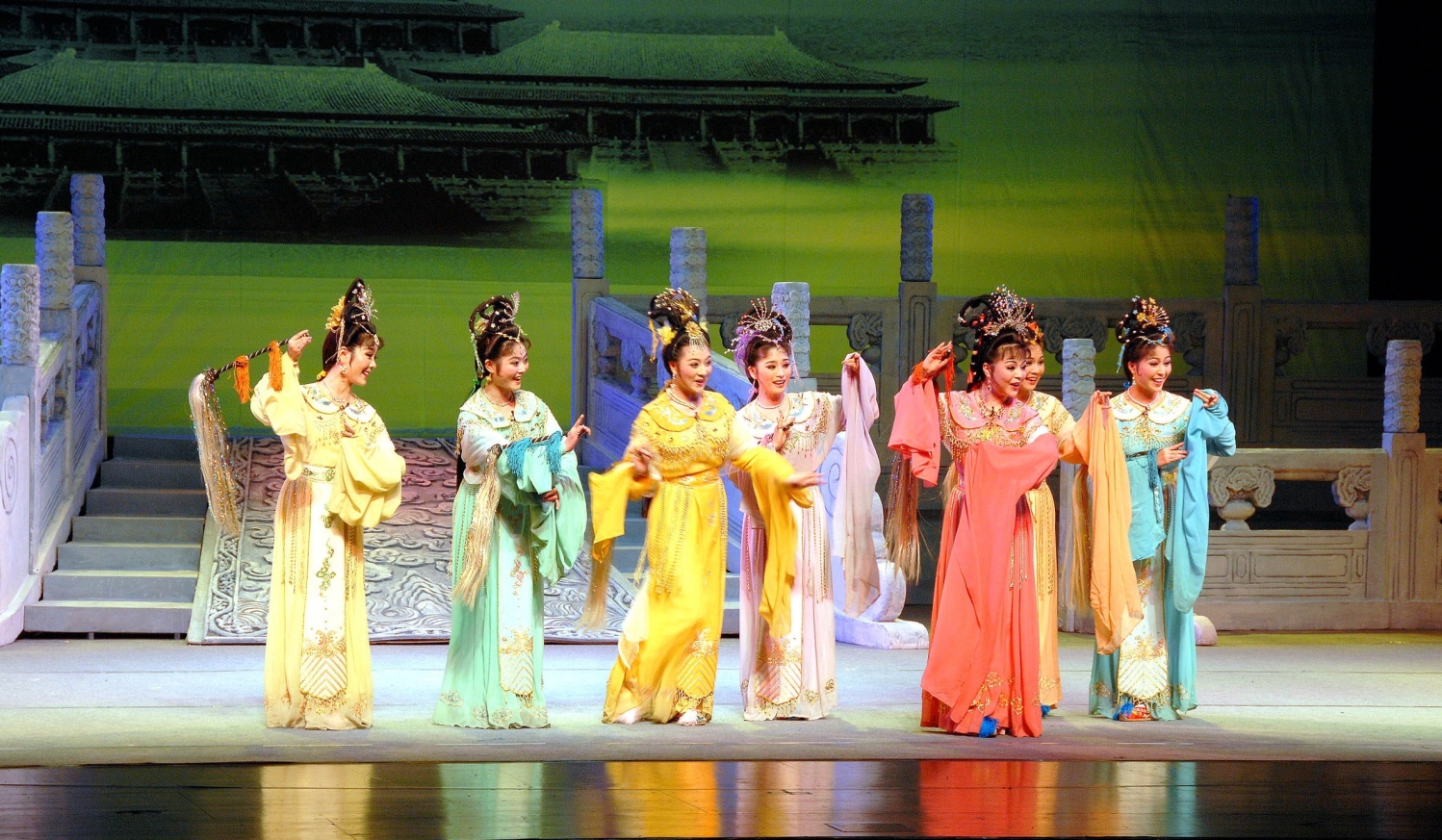





Die Huangmei-Oper wurde ursprünglich "Huangmei-Melodie" und "Teepflück-Spiel" genannt und hat sich von kleinen Theaterstücken im Grenzgebiet zwischen den Provinzen Anhui, Hubei und Jiangxi in der späten Periode des 18. Jahrhunderts entwickelt. Die Theaterstücke wanderten nach und nach Richtung Osten ins Gebiet Anqing mit dem Kreis Huaining der Provinz Anhui als Mittelpunkt. Dort schlossen sie sich mit der dortigen volkstümlicher Bühnenkunst zusammen, Dialoge und Monologe wurden in dem dortigen Dialekt vorgetragen. Nach und nach haben derartige Theaterstücke eigene Gestalt angenommen und wurden als Huai-Tonfall oder Huai-Melodie bezeichnet. Sie waren damit Vorgänger der Huangmei-Oper. Mitte des 19. Jahrhunderts entwickelte sich die Huangmei-Oper, beeinflusst von der Huai-Melodie, allmählich zu einem eigenen Typ der Bühnenkunst. Als eine Operngattung wurde die Huangmei-Oper von da an erkannt und anerkannt. Die Aufführung der Huangmei-Oper im frühen Stadium wurde durch Gesang und Tanz gekennzeichnet und gibt überwiegend das natürliche Leben wieder. Es gab ursprünglich kein festes Schema. Hinfallende und ringkämpferische Bewegungen in einzelnen Theaterstücken wie in der Szene "Abschied" aus dem Bühnenstück "Tianxianpei" sind von Qingyang-Part und Hui-Melodie transplantiert worden. Damals waren die Schauspieler der Huangmei-Oper meist Bauern und Handwerker. Kostüm und Requisiten sowie Gongs und Trommeln waren alle vorläufig zusammengesammelt und wurden vorher von den Zuschauern geliehen, die die Aufführung ansehen wollten. Die Huangmei-Oper in diesem Entwicklungsstadium war im wesentlichen eine kulturelle Aktivität, bei der sich die arbeitende Bevölkerung im ländlichen Gebiet amüsierte.
(Quelle:http://german.cri.cn/chinaabc)



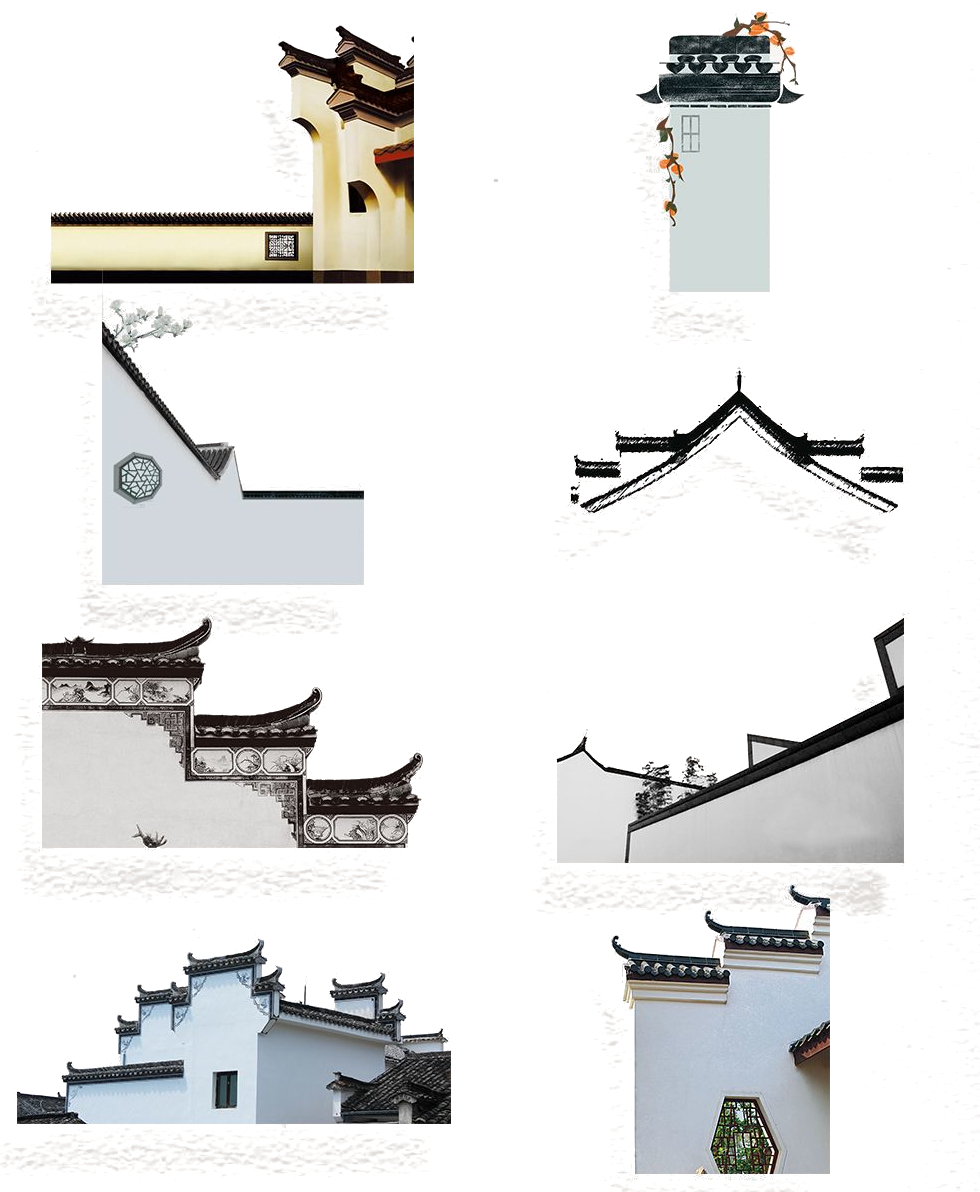

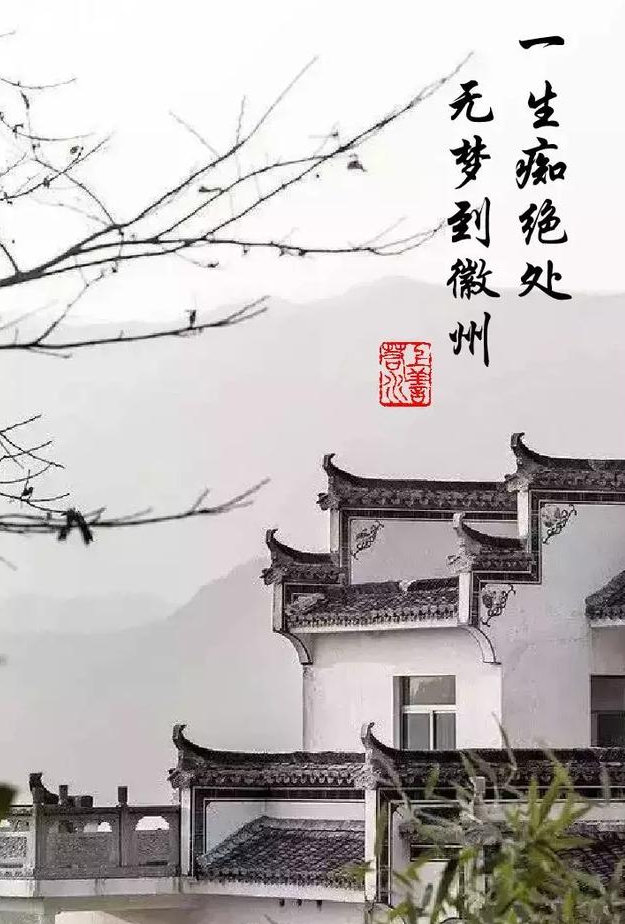





 History
History

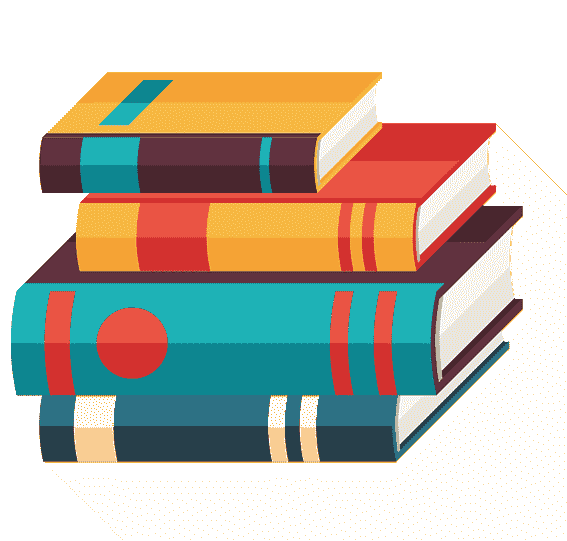 Literature
Literature
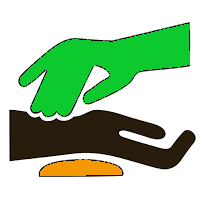 Traditional medicine
Traditional medicine
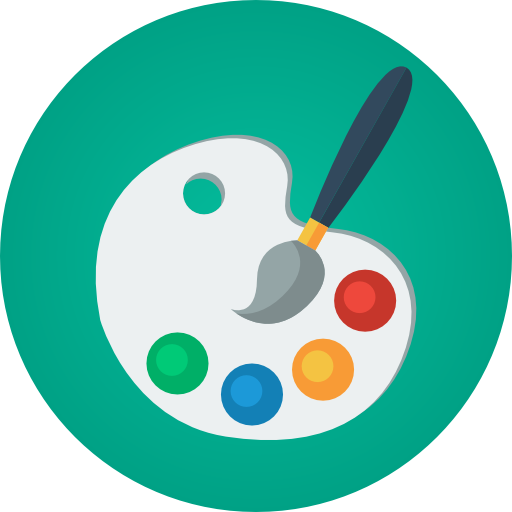 Art
Art
 Review
Review
 Vacation and Travel
Vacation and Travel
 National Opera
National Opera
 Architecture
Architecture
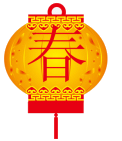 Spring Festival
Spring Festival